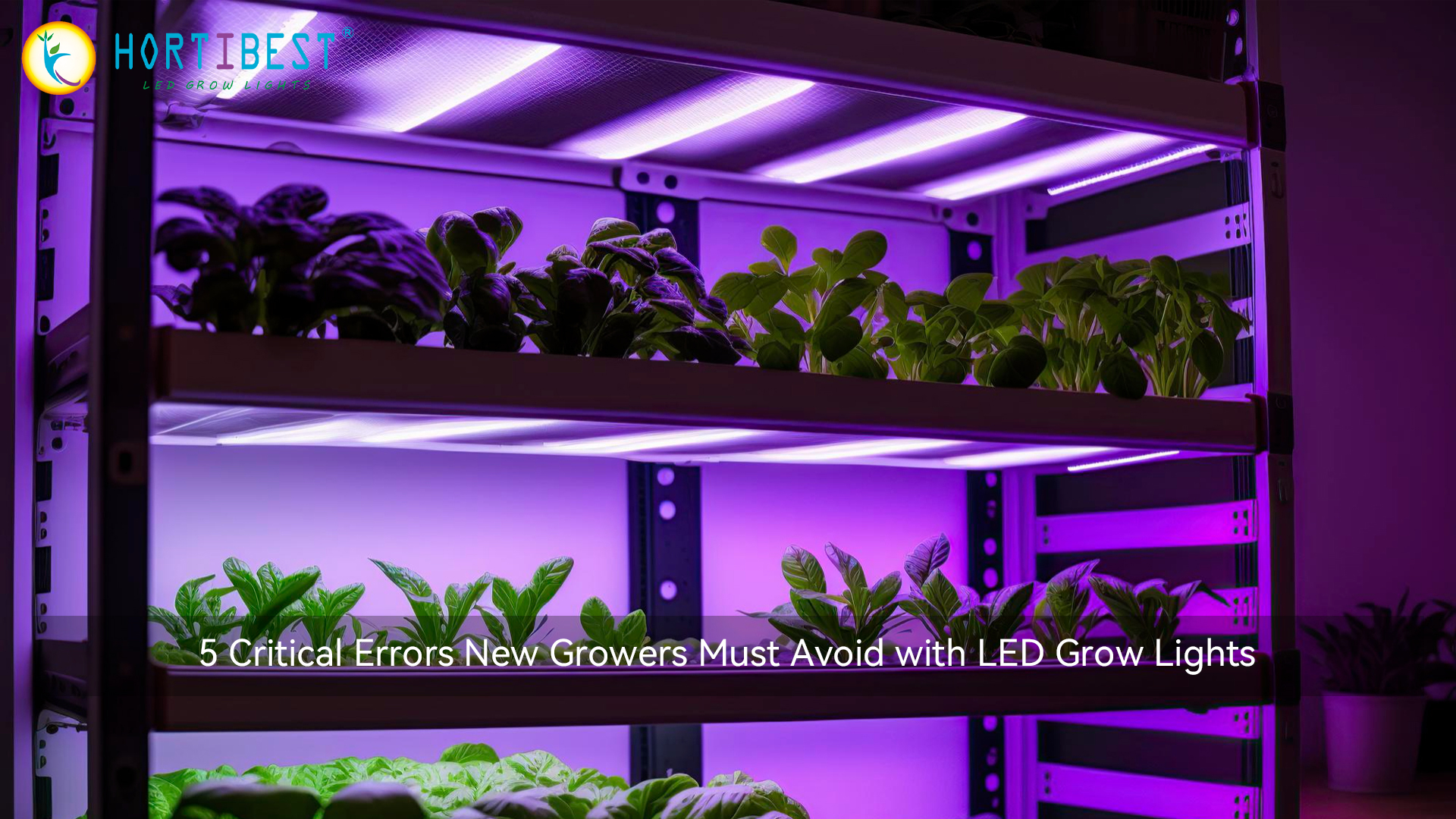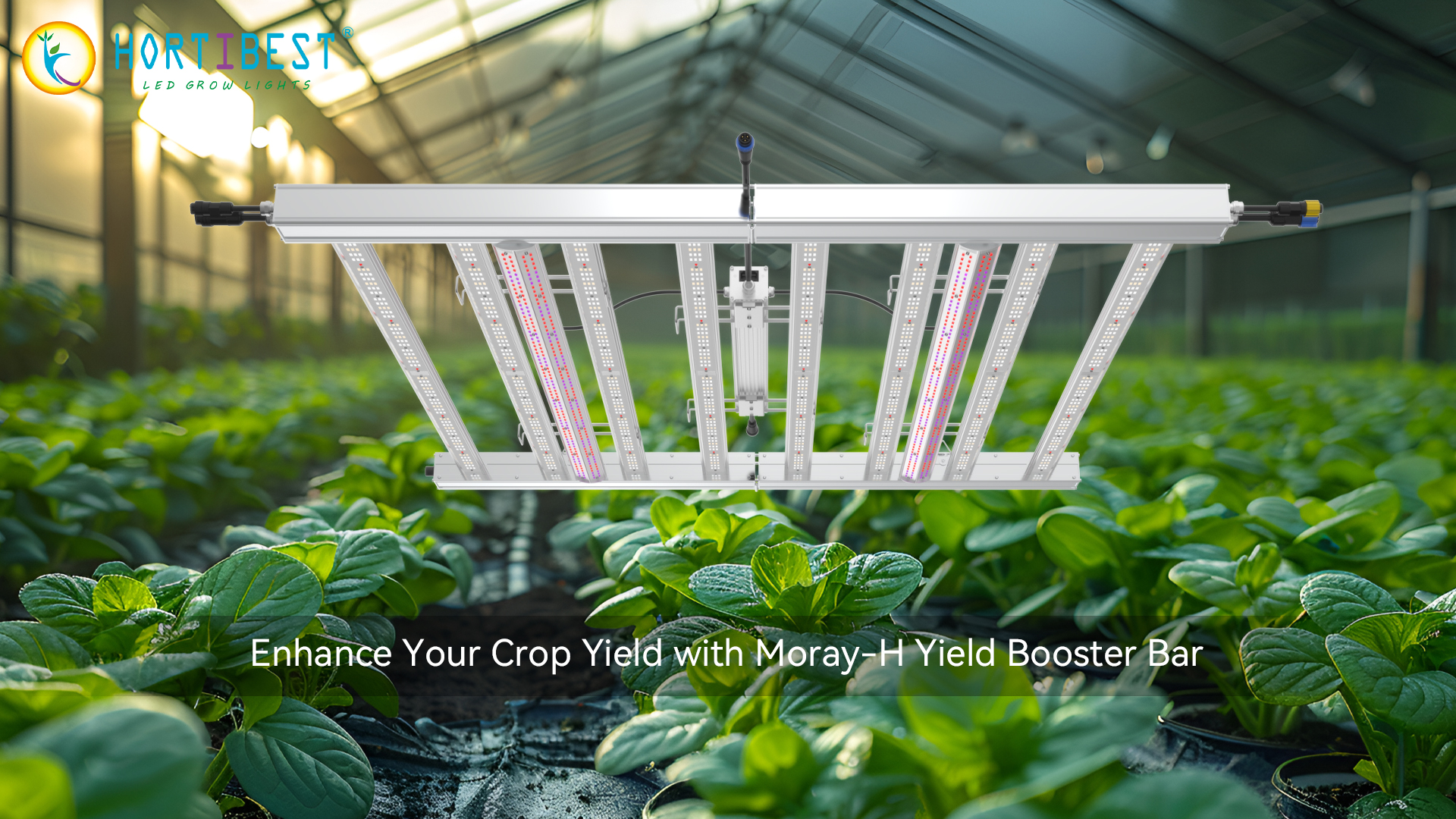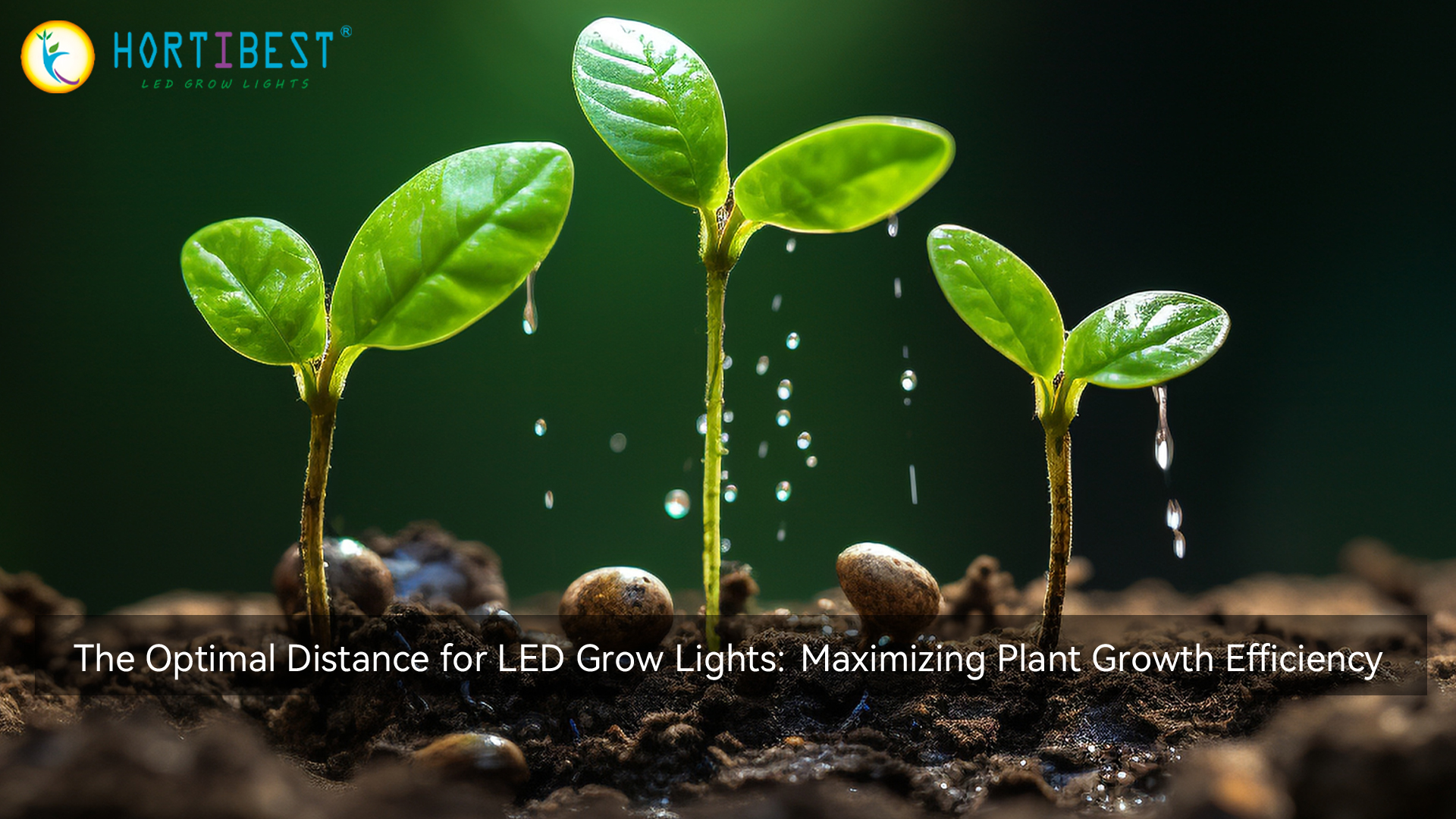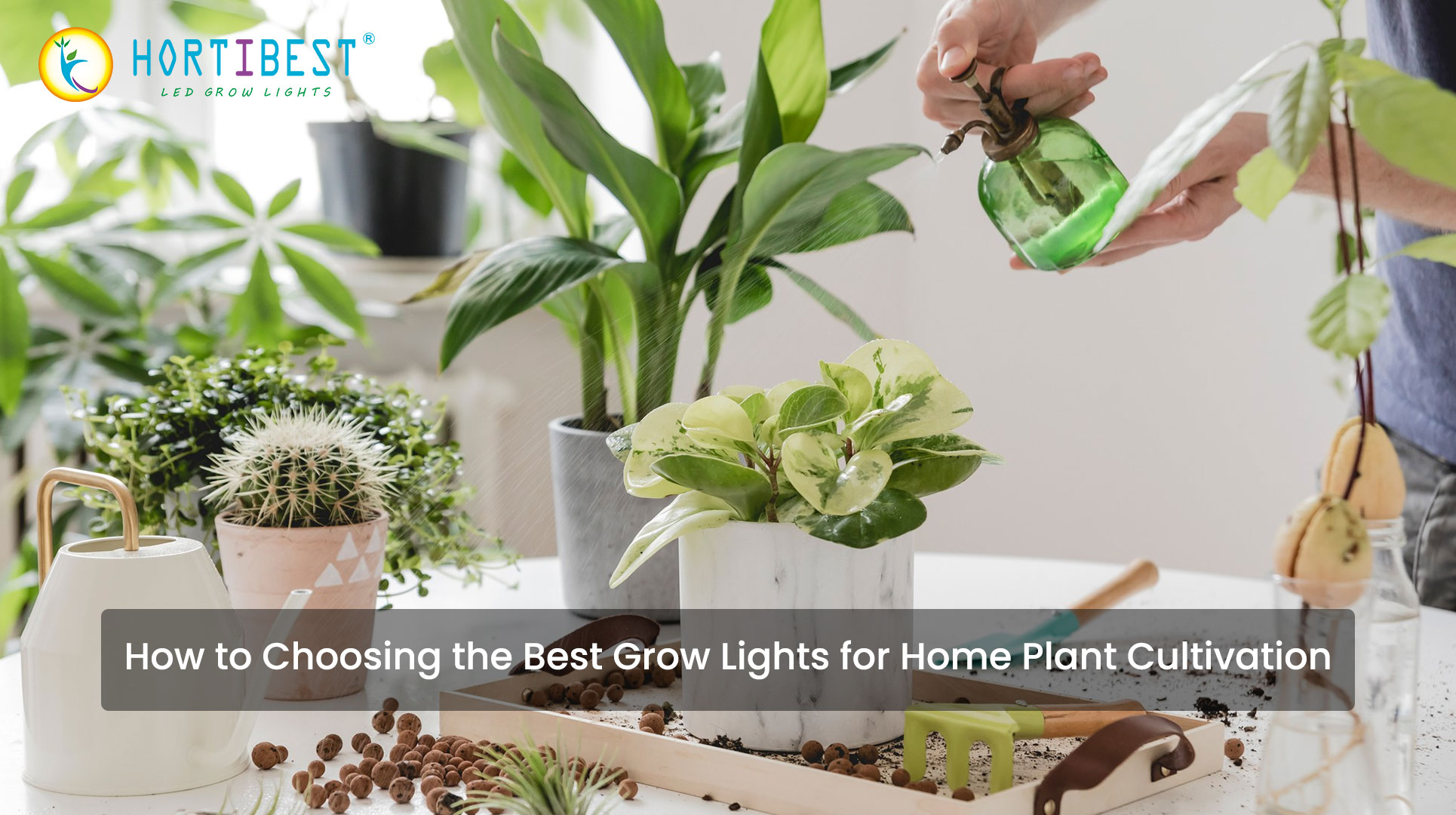Lighting, as one of the key factors in plant growth, is undeniably crucial. For commercial large-scale cultivation of leafy vegetables, the right growth lights can not only increase yield but also ensure the quality and nutritional value of the produce. Therefore, understanding and choosing the correct growth lights is vital for agricultural producers.
The core function of growth lights is to simulate natural light, providing plants with the necessary spectrum. Different plants have varying light requirements; leafy vegetables typically need a substantial amount of blue and red light. Blue light aids in leaf growth, while red light promotes flowering and fruit formation. When selecting growth lights, it's essential to ensure that the fixtures can provide an appropriate ratio of these two spectra.
In addition to spectrum selection, lighting intensity and duration are also important factors affecting the growth of leafy vegetables. Generally, leafy vegetables require high lighting intensity to promote photosynthesis and chlorophyll synthesis. At the same time, proper lighting duration can regulate the plant's growth cycle, avoiding growth issues due to insufficient or excessive light.
1.Lighting Intensity: A suitable lighting intensity is achieved with over 8 hours of daily light exposure, ensuring that leafy vegetables can fully receive light energy for photosynthesis and growth.
2. Illumination Time: Provide at least 8 hours of light to leafy vegetables daily. On cloudy days or when light intensity is low, artificial lighting is essential to maintain the stability and adequacy of light duration.
In practice, agricultural producers should adjust lighting conditions according to the plant's growth stage. For example, seedlings may require weaker light to avoid burning, while plants in the growth phase need stronger light to support rapid growth. Moreover, the uniformity of lighting cannot be overlooked; ensuring that each plant receives adequate light is key to improving overall yield.
 5 Critical Errors New Growers Must Avoid with LED Grow Lights
5 Critical Errors New Growers Must Avoid with LED Grow Lights
 Enhance Your Crop Yield with Moray-H Yield Booster Bar
Enhance Your Crop Yield with Moray-H Yield Booster Bar
 The Optimal Distance for LED Grow Lights: Maximizing Plant Growth Efficiency
The Optimal Distance for LED Grow Lights: Maximizing Plant Growth Efficiency
 How to Choosing the Best Grow Lights for Home Plant Cultivation
How to Choosing the Best Grow Lights for Home Plant Cultivation